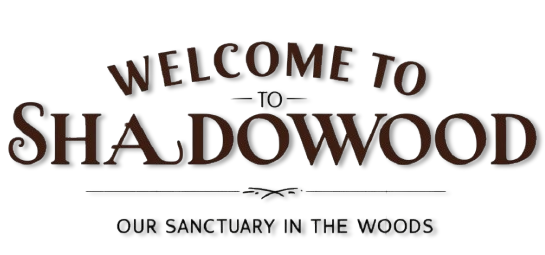A small brown bird has been distracting me for days now. He spends an inordinate amount of time perched upon, over, under, or within the wooden bird feeder suspended just outside my window. The feeder is a common house-type design with a hinged roof for filling and glass sides to view the seed level. I have opted to leave this and the other bird feeders empty during this season of plenty. My decision causes some small frustration to the avian transients who spy the promise of an easy meal only to find the cupboards bare. Permanent residents, however, quickly adjust to the practice of making their own culinary ways in the world when spring’s feast manages at last to emerge from winter’s famine. Still, I wonder if it might not be kinder to take the feeders down entirely to avoid raising any false hopes among the uninitiated.
This small brown bird makes me wonder. For a week, he has spent the better part of each day perched on the feeder singing his little heart out. It is quite a chatty yet tuneful song which he delivers with great energy. Though this constant trilling clearly intends to draw attention to some personal need, what seems less clear is the particular need being so stated. I thought at first that he was surely scolding me for so shamefully neglecting his nutritional requirements. Why else such persistent demands from atop an empty bird feeder? I have felt nearly guilty enough to repeal my “feed yourself†mandate and resume the deliverance of black sunflowers into his dangling podium. There is something in his song, however – something in the urgent and ardent demand which inspires me to watch for further clues.
I have never seen this little character before. I am well acquainted with the many sparrow and swallow species which frequent this farm. Finches of all descriptions are common visitors. This plain little fellow with the ever-ready melody is a new face to me. But the voice has sung here before. I recognize it. It is one among many voices I hear during our warm months – a voice which I assumed belonged to one of the familiar inhabitants. This pudgy minstrel bears little resemblance to any of my known feathered companions, however. Small in stature and round in framing; all too plain in dusky brown feathers with narrow, faded barring across the wings and an underside the color of a soiled grey blouse; his one distinguishing feature, a long, slender beak, creates a somewhat clownish appearance.
Each day as I sit at my desk attempting to complete long put off paper chores, I find my concentration repeatedly pierced by the recurrent song and antics of his now near constant accompaniment. The bird feeder may not be likened to a bust of Pallas, but surely Poe’s raven could not hold a candle to this little fellow’s incessant presence and refrain. I am glad for the company and glad for the distraction, so I take far more time than I can rightfully justify to attempt to interpret his ponderous and seemingly totally unproductive behavior.
My avian friend at last reveals his ultimate interest in the bird feeder. As he summons my attention, I notice him fly up to the feeder from underneath a lilac bush nearby. He carries in his beak a small twig. He alights where seed normally flows from underneath the glass panel and slips amazingly easily underneath and into the seed cavity. There, he deposits and arranges his twig with utmost deliberation. Excursions to the lilac bushes continue throughout much of the day, interrupted only to broadcast news of his building accomplishments to any and all interested parties. I am honored to have such a bird’s-eye view of this process. I question the wisdom, however, of his choice of nesting locations. I cannot imagine that the interior of a glass enclosure such as this will not get dangerously hot in the summer sun.
Apparently he, too, sees the error of his ways and moves to another side of the house to begin the entire process anew. For days, I hear him proclaiming the possibilities of yet another empty bird feeder outside my bedroom window. He manages, at last, to attract the attention of a lovely counterpart. I watch the two follow one another from tree to feeder to bush and back again. A day passes, and I see them no more. My friend sings from hidden locations and only occasionally now, perhaps to let me know that he has not abandoned me altogether.
I know full well that I could refer to my field guide for answers about this unfamiliar native, but information so easily gained takes a certain joy out of the discoveries to be made in living observation. I remain content to watch and listen in blissful ignorance and gradual enlightenment. And I realize now that, though no less frustrating to the seed eaters than before, there surely is reason enough to let the bird feeders stand empty after feeding season is past.
